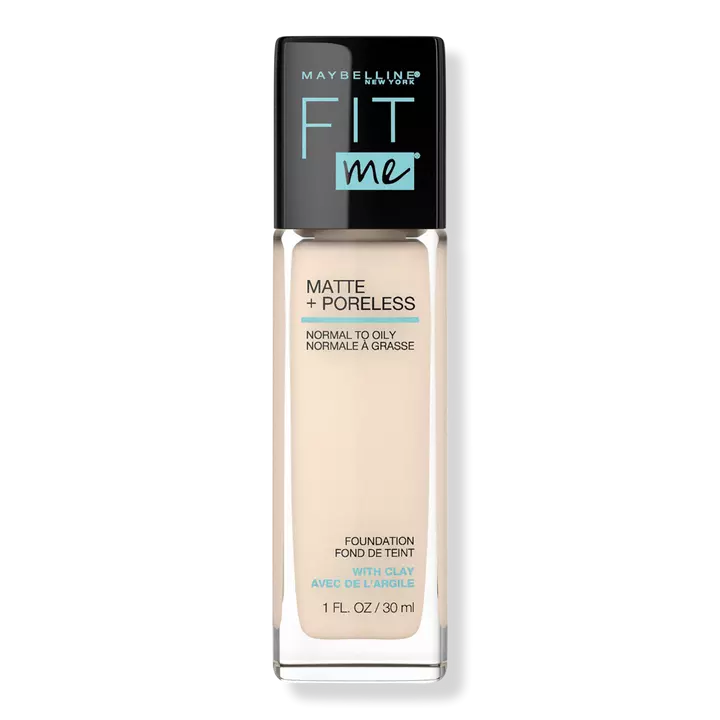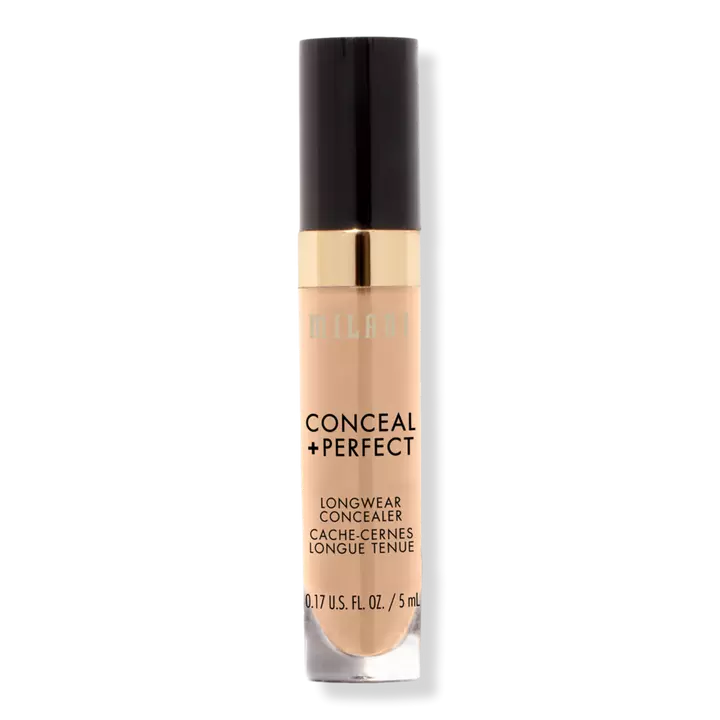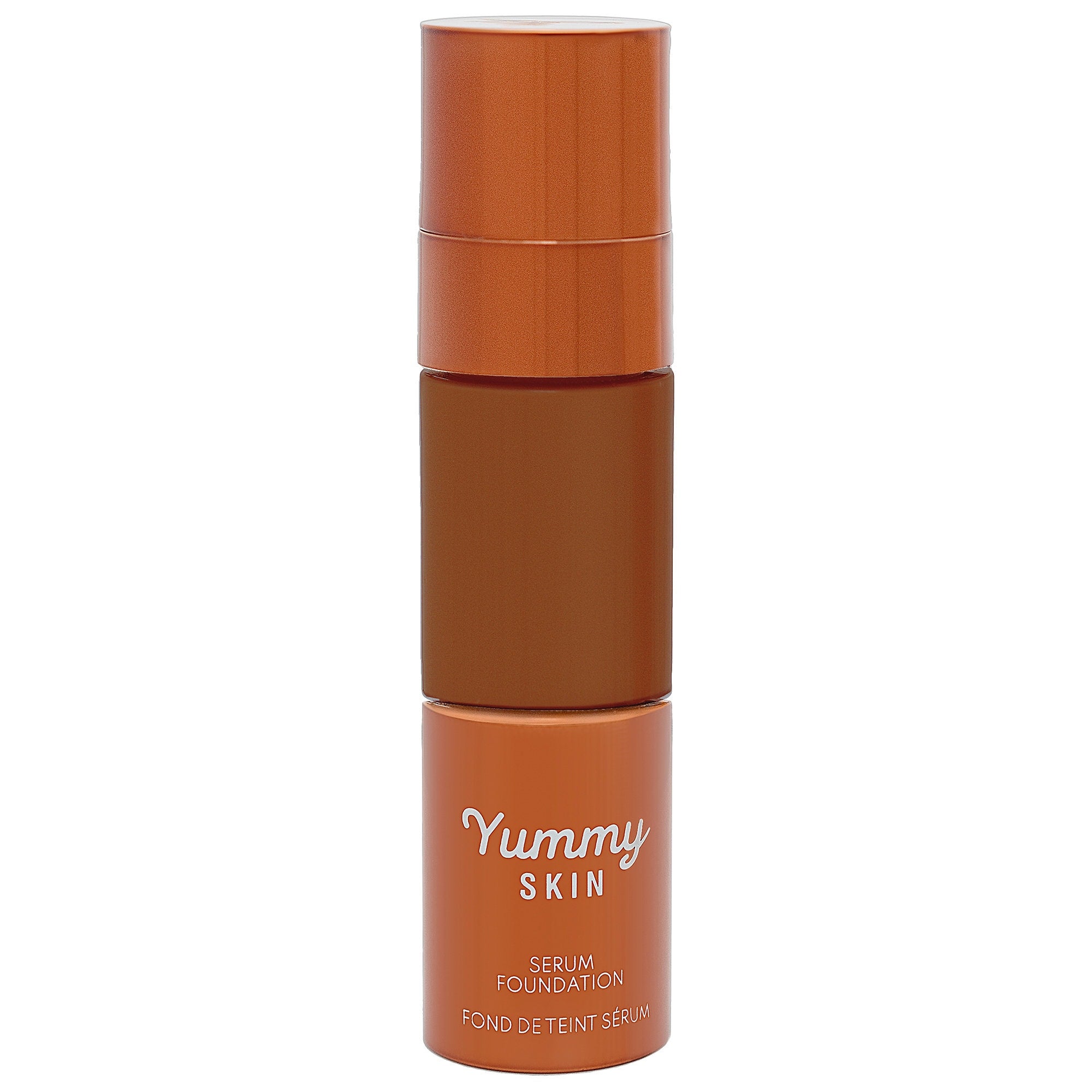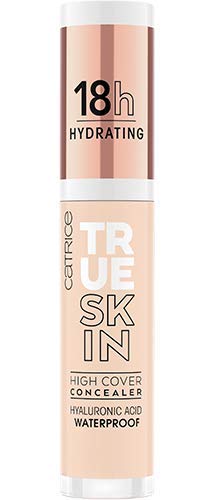There are no rules when it comes to choosing most cosmetics: Just follow your heart (and your eye) to the colors and finishes that feel right for you. Unfortunately, one can’t say the same for base products. Stepping into an aisle that stocks foundation or concealer can feel like wading into a rough sea of shades and tones, where your best guess at what works for you and your skin is just that: a guess. (Return policies are a blessing for this exact reason.) Tracking down the best foundation isn’t just about picking the formula you like the most — the real secret to a great foundation is finding the perfect undertone.
AdvertisementADVERTISEMENT
The concept of undertones sounds straightforward enough, but the truth is that a lot of us are getting ours wrong. Luckily, if you’ve been personally victimized by an incorrect undertone, there is a solution out there for you (and for what it’s worth, you certainly aren’t alone). We asked makeup artists and product developers why they think it’s so easy to get undertones wrong, how to find your own, and what to look for when finding the actual best foundation for your skin tone.
What exactly is an undertone, anyway?
Basically, your skin tone is composed of two elements: shade (i.e. fair, light, medium, tan, dark, or deep); and undertone, which indicates the warm, cool, or neutral tones within one’s skin color. “When you look at somebody straight on, you're basically looking at the top tone, but then looking underneath and from the side at different angles, you start seeing the different complexities to the undertone and the top tones,” says Kia Ragland, director of product development at Kylie Cosmetics & Skin. “You want them all to align properly to match you.” It’s especially important to know your undertone when choosing complexion products, but it can also help when it comes to color products like blushes and lipsticks to ensure a balanced, harmonious makeup look. When I was hunting for the perfect pink lipstick last summer, for example, I had to accept that my undertone was causing the shade to change significantly from the tube to my actual face, and adjust accordingly to make it work for me.
AdvertisementADVERTISEMENT
You’re likely already familiar with the concept of warm and cool undertones, since they get the most air time. Warm undertones appear golden or yellow on the skin, while cool undertones can look pink, red, or blue. The third undertone, neutral, is a mix of warm and cool undertones, and is typically the most underrepresented and least discussed type of undertone, though it’s just as common as the other two.
shop 4 products
It all comes down to color theory. For example, olive skin tones typically have a neutral undertone, because olive is a combination of a cool tone (blue) and a warm tone (yellow), which makes, well, green. That doesn’t mean olive undertones are giving Elphaba, but it does explain how skin tone isn’t just a matter of shade and color, but the tone that enriches it, too. In fact, Ragland says it’s actually more important to find a product that aligns with your undertones than the depth of your skin tone. “Yes, the depth is important, but you can always add bronzer or things like that,” she says. “It's a lot easier to adjust the depth of it than to try to counteract what happens when you use the wrong undertone.”
Why do so many people get their undertones wrong?
“I think people don’t necessarily know where to start, and it can be difficult and overwhelming,” says Carly Giglio, bareMinerals Global Makeup Artist and Brand Educator. “People see things differently, and it can get confusing when brands name foundation products so differently.” There are so many variables at play when it comes to choosing a foundation — the lighting, the season, the potential for oxidation over time — that we often settle for something that kind of works, rather than starting from the bottom (literally) and going from there.
AdvertisementADVERTISEMENT
Giglio recommends identifying your undertone first, then finding your actual shade from there. It’s important to remember that there are four basic pigments used to adjust foundation shades: white, black, red and yellow (though Ragland says she’s seeing blue and green added to the equation more and more). Rea Ann Silva, a makeup artist and the founder and CEO of Beautyblender, has a straightforward suggestion for how to match your undertone: “Look at your basic, un-tanned skin, such as the inside of your arm.” The part of your skin that sees the least sun will be the easiest area in which to see the dimensions in your skin tone. Are there hints of red or yellow, or both? “The best practice is to swatch a couple shades on the inside of your arm inside the store, then walk into natural daylight to actually look and understand which shade resonates and blends in the most naturally,” explains Silva. Using natural lighting when assessing undertone is also key — some lights can skew more cool or warm, distorting your actual skin tone.
shop 4 products
Color theory is a lot more complex than what we learned blending blue and red to make purple in kindergarten art class, which is why undertone is something that even product developers are still reckoning with. Ragland encourages getting multiple opinions if you’re really concerned, because while some rules are steadfast and rigid, color theory is a spinning wheel of confusion. For example, you can understand that red is a cool tone in terms of complexion, but even that shade of red can be different, depending on its placement on the color wheel. “When you go more in the direction of red from yellow, it means you're going cooler,” Ragland explains. “A lot of times people don't understand that red connection equals cool toned — they could have a red undertone, but think they're warm.”
AdvertisementADVERTISEMENT
The good news is that once you know your actual undertone, you can pretty much use that to help with choosing your entire makeup arsenal. “Once you find your foundation undertone, stick with the same undertone in things like blush, bronzer, and lips to keep that balance," says Giglio.
What is the easiest way to find my undertone?
Yes, there’s that color-removing TikTok filter that can give you almost all of the information you need to know right away, but if you’re lacking access to the filter or just want to do things old-school, there are a number of ways to figure it out without looking at your veins or having to figure out if you look better in a specific color of jewelry. (Justice for those of us who wear both silver and gold — who needs rules?)
Giglio suggests looking at how your skin reacts to the sun. “Do you immediately burn and stay red or rosy? You’re in the Cool undertone range. Never really burn but never really tan, either? You’re most likely in the Neutral range. Getting golden instead of rosy? You’re in the Warm range.” (All of these hypotheticals assume you’re wearing SPF, of course.)
shop 4 products
The other most common suggestion is to take a piece of white paper and see how your skin looks against it. If it comes off more pink, there’s a cool undertone; yellow or golden, warm; and of course, if nothing stands out in particular, it's neutral. Once you figure this out, it’s pretty easy. If you’re a red undertone and you find yourself between two shades in terms of depth in a brand’s shade assortment, go with the one that's a little bit cooler and a little bit more red, because that's closer to your undertone. When in doubt, it’s easiest just to pick a neutral undertone if you can’t really make a decision.
AdvertisementADVERTISEMENT
The main tip I use is kind of a no-brainer. Each brand has its own internal language, and many of them denote undertones right on the label. If I’m an NC 32 at MAC, the 32 isn’t the most important part — that’s just the color’s assigned number in the shade range, which typically correlates with the depth of the shade itself (meaning it’s the second deepest shade in the third category of shade ranges). That little NC right at the top means I’m a “neutral cool.” Once you have that knowledge, you can articulate to anyone exactly what you’re looking for in terms of your desire in shades.
A high-performing formula and a wide range of options in a complexion product are great, but a multitude of undertones is what can really set a foundation apart from the others. We love to see a line representing 30-plus skin colors, sure — but let’s not forget about that wide range of tones underneath, too.
At Refinery29, we’re here to help you navigate this overwhelming world of stuff. All of our market picks are independently selected and curated by the editorial team. If you buy something we link to on our site, Refinery29 may earn commission.
AdvertisementADVERTISEMENT


















